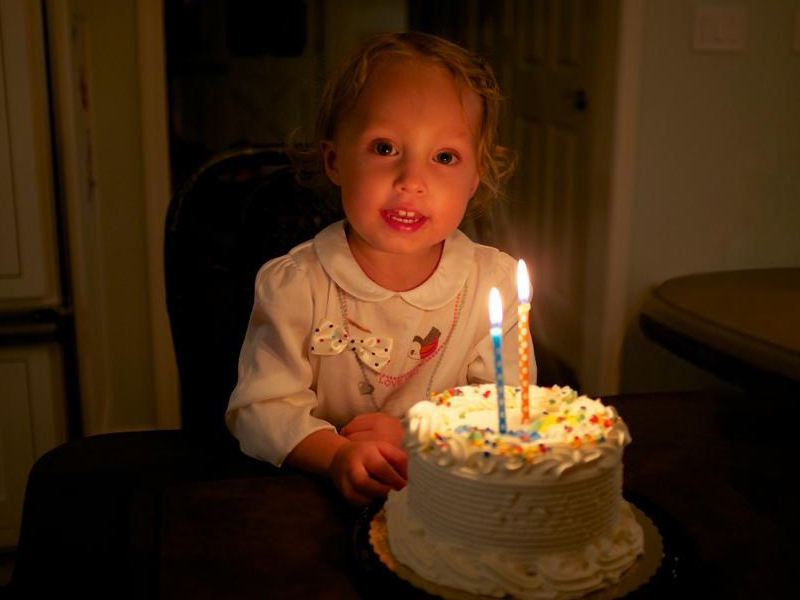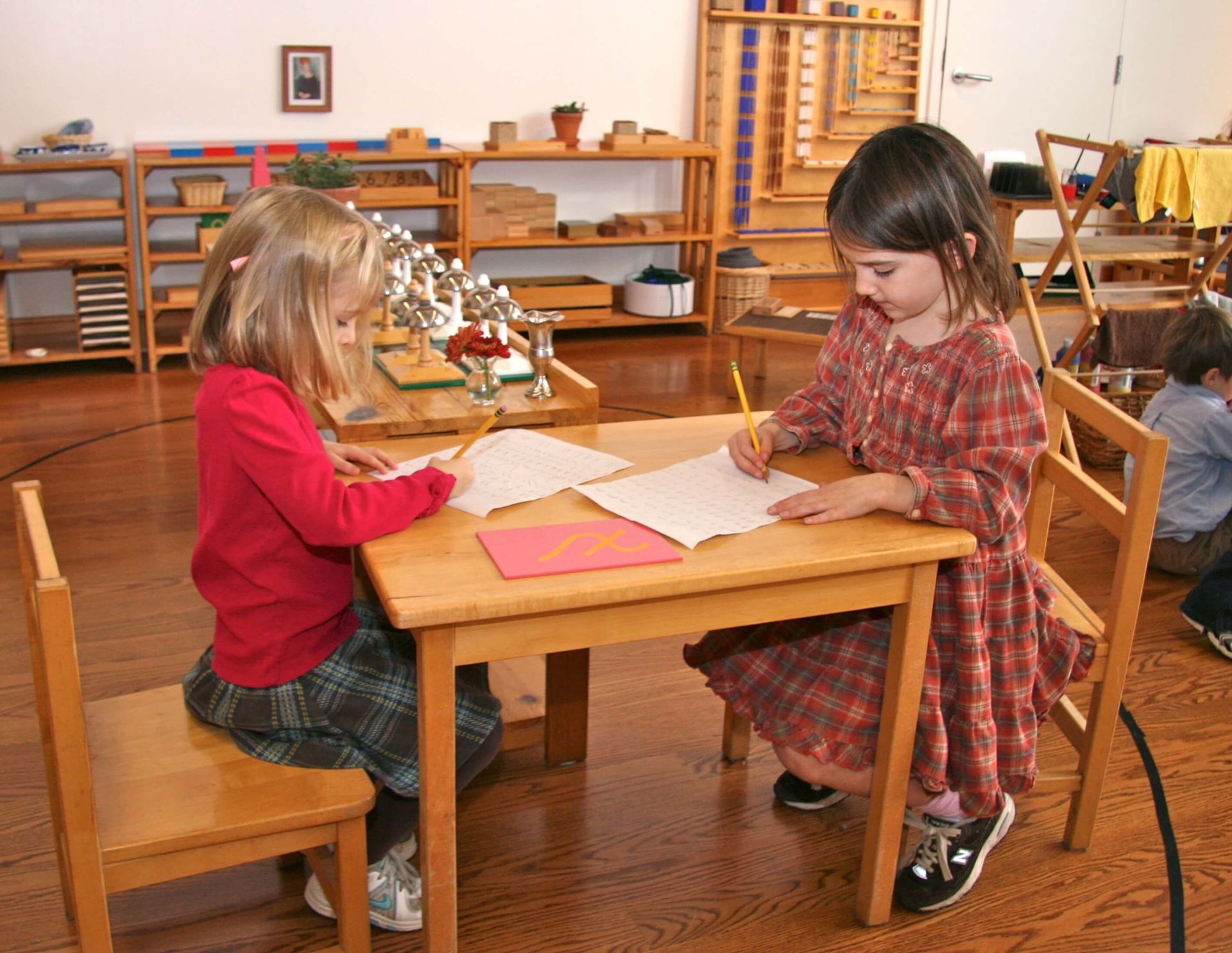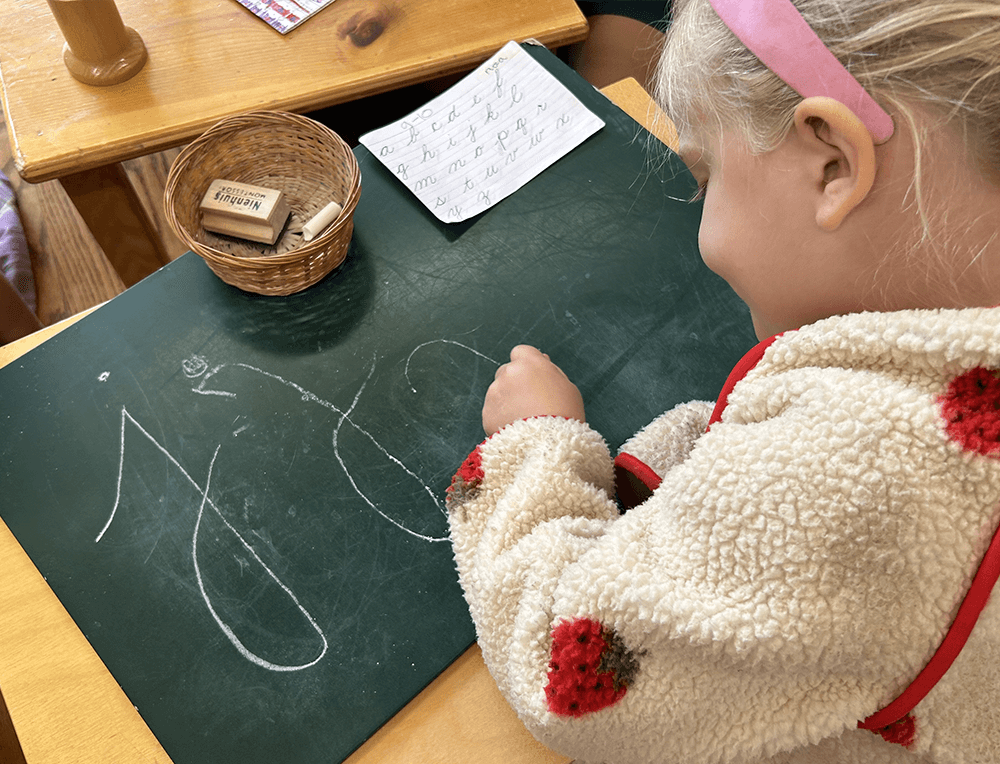
(Note: This blog is divided by age but we recommend reading it in its entirety as some of the later sections build on earlier ideas)
Children’s birthday parties evoke many emotions: excitement, joy, and connection. Perhaps also: fatigue, stress, and feeling overwhelmed. These events can be special opportunities to celebrate your child’s life and to gather with people whom you love. But they can also be sources of stress. Parents often talk about the number of birthday parties their children are invited to—“They have busier social lives than I do!” Or they bemoan the amount of planning necessary to pull off a bigger celebration than the year before. And how many times has your own child melted down in tears at the end of a birthday party (always hopefully after leaving the event), and then been overtired and cranky for the rest of the day?
If any of these experiences sound familiar to you, you are not alone! Birthday parties are fun. But sometimes they are too much fun. And it can be hard to create a celebration that is a celebration, but also doesn’t overwhelm your child, their guests, and, frankly, you.
We have both Dr. Maria Montessori’s understanding of children and our experience as educators to inform how we approach these celebrations. By incorporating her wisdom and what we observe regularly in our school, we can make suggestions for birthday parties that provide excitement, joy, and celebration without fatigue, stress, and feeling overwhelmed!
0-4 Years
Under the age of five, birthday parties are primarily for the parents! They offer an opportunity to celebrate another year with your little one, and to gather with the people who make you and your child feel loved and supported. At this age, children have almost no concept of time or what their birthday even means. They can become very quickly overwhelmed by anticipation and excitement if the people around them emphasize it too much. Then they feel confused and overstimulated by an event that is too big, too loud, or too active. They also do not have much social awareness or the ability to understand others’ points of view, and can struggle with the sharing of time and resources that a birthday party with friends requires.
Now is a wonderful time to put together a sweet party with grandparents or with one other family whom you are close to. Resist the temptation to go big! Make it an early night with a simple meal plan. A few presents, a few balloons, a candle on a small cake—and you will all have the joyful experience of being together without having a celebration that takes away from the simple pleasure of the moment.
5-8 Years
After your child turns five, you can be assured that they are now very focused on their birthday! Their sense of time has developed, and they understand the passing of the days that brings them closer to their special day. They also have a better understanding of the privileges (and sometimes status!) that go along with getting older. As such, they are now likely more focused on including a group of friends in their birthday celebration, and having a party with some kind of activity.
If your child is satisfied with a family birthday party, as when they are younger, then, by all means, keep having their parties the way you always have! But if they are looking for a little more excitement, then there are lovely ways to enhance their parties without losing control of the whole endeavor!
We recommend avoiding whole class parties for your child, until possibly when they are in the Secondary Level. Often these events get quickly out of hand, with children becoming excited to the point of discomfort. We are always watching for the point where joy becomes hysteria! When children become dysregulated, they are no longer enjoying themselves. They cry, feelings get hurt, and behavior gets out of control.
Instead, we recommend helping your child to choose a small number of friends (3-6, depending on their age and temperament)—perhaps just the other children exactly their age, or just the girls who are also in their year at school. If there is not a logical way to define a small group of children, then please (please!) keep the selected number small enough that the children who are not invited do not feel specifically excluded. For example, this means that if all the boys who are your child’s age are included in the group except for one, then please invite that one boy also. This recommendation applies throughout their childhood! Our school values inclusivity among classmates, and you can use your invitation policy to teach your child about this important value.
Once you have your small group of children, you and your child can start imagining what kind of an event they would like to host for their friends. We recommend that you keep it simple and keep it short! This means two hours tops for the event, and 90 minutes is fine.
You may find it helpful to come up with a theme for the event. Then use the theme to structure the party with one activity, one craft, and then cake and lemonade. This should not be a complicated theme! For example, you could choose the theme of “Water”:
● Activity - Sprinkler obstacle course or water balloons
● Craft - tie dye
● Cake and lemonade!
Some more ideas:
● “Treasure” - Scavenger hunt in a local ravine or prairie (this is an excellent activity for an active group of children!) and painting wooden treasure boxes
● “Games” - A rotation of short low-stakes outdoor games (soccer, freeze tag, green light / red light) and making a tic tac toe board out of cardstock and puffy paints
● “Letters and Numbers” - Play 500 outside (look up the rules on-line!) and decorating pre-made cardboard letters representing the first letter of each child’s name
*That being said, if you know your child and their group of friends will do better by only participating in the activity or craft portion, then just do one or the other.
Include your child in this discussion so they feel they are a part of the organization of the event, but remember that as an adult you make the final decisions on all major aspects of the party! They can also help you select or make paper invitations and mail them to their friends.
If you feel confident serving a meal then go for it! But you also can time the party so that you only serve a birthday treat. Have some easy games lined up to use the time when the main event is over—hopscotch, freeze tag, keep the balloon in the air. Consider hiring an older child or young teenager to help set up the event, manage the activities, and clean up afterwards. You will be amazed at how good they are at talking to children and thinking of spontaneous games to play until parents arrive!
As a note, we advise against opening birthday presents at the party in almost all situations for many reasons—children often compare gifts, younger ones can become jealous, there is pressure on the opener to act similarly grateful and excited for each gift, etc. Also keep in mind that party favors are not necessary for a memorable event. If you and your child do decide to put together a goodie bag, then remember that as with most things, less is more. A fun pencil, a small notepad, and a bouncy ball are all fun treats to bring home.
While a group party can be fun, keep in mind that, at any age, many children are able to relax and enjoy themselves better if they only invite one friend for an outing—perhaps a train ride to the city or an afternoon at a museum. This can be a great option for a child who wants a special activity and also wants to avoid the drama and stimulation of a large group!
9-11 Years
Now your child is a little older and may be able to handle a slightly larger group of children, but, for their sake, always err on the side of a smaller group if you are unsure. Please continue to maintain an inclusive policy for the invitation list, and communicate this clearly to your child in case it comes up with their peers. You can give them language like, “Because I can’t include the whole class, my parents and I decided to just invite the first-years in the Upper Elementary.” And if they are choosing a group that can’t be easily defined, then make sure they are extra careful not to discuss it at school. If it is unavoidable, then continue to emphasize that it is a small group of friends.
The activities that worked well for children who are just younger are still excellent options for this age, although they may be more complicated now. Perhaps the scavenger hunt has trickier items to find, and the treasure boxes can be decorated with more items.
More ideas:
● “Party” - Classic party games (pin the tail on the donkey, stomping balloons on heels) and make your own pinatas (use a small cardboard box and decorate with paper mache)
● “Dessert” - Decorating plain cloth aprons with puffy paints and making and decorating cupcakes
● “Pizza” - Decorating paper chefs hats and making pizza (with premade crusts)
● “Flowers” - Collecting dirt and seeds and painting flower pots
You may also be able to host more free form games—like inviting a group of children to play wiffle ball in a field with a few parents for extra hands, going to an open area to play field games, or taking them to the beach for volleyball and swimming. However, as in every case, your knowledge of your own child and their friends should guide you! If they have a tendency to become overly competitive or too physically daring for your comfort, these may not be your best choices. As before, brevity is your friend. There is no need for a party longer than two hours, and 90 minutes is perfectly acceptable
If resources allow, you may also find that as they get older, they can handle something like a special cooking class together, a party at a local center with a children’s robotics guide, or a trip to a nature preserve with an expert who can help them find animal prints. Something to be mindful of here is that many adults who run events like this are not accustomed to children who are calm and know how to listen! They often will act zany and silly and wind up the group, especially when they are younger. And please keep in mind that these experiences can be fun, but are not necessary for a joyful birthday celebration. You can host a wonderful gathering in your own home or in the great outdoors!
12-14 Years
At these ages, children are deeply invested in belonging to their social group. It is especially important to create an invite list that respects the cohesiveness of their peers. This means including the whole third year group in the Upper Elementary, or all the boys in the Secondary Level, for example. And if your child wants to select from a smaller group of friends, to make sure that it is small enough that no classmate is being left out on their own. For the Secondary Level in particular, we recommend inviting all of a certain group, or just inviting one friend for a birthday outing. This class becomes very bonded to each other, and their emotions are intense at this age. The feeling of being excluded is, therefore, particularly acute.
This child can now be a full participant in the planning process for their party. You can drop them off at Target or a party store on their own with a budget to purchase decorations and supplies. They can go to the grocery store to get food and snacks. Many children will feel empowered and eager to take on the responsibility of that kind of trust! But, as always, provide the support they need if they would like more involvement from you.
As for the event itself, they are now at an age where an outing to a ropes course, a bowling alley, laser tag, an escape room, or the like is really and truly fun for them, and they are unlikely to become overstimulated. They also are more able to handle free form games with less adult supervision—badminton at the park, pickleball on recreational courts, frisbee golf, or similar games. They have been playing games with their peers for years now and have a better sense of how to regulate themselves and how to communicate with friends who may be losing perspective on the activity.
Children these ages also can now manage themselves in a group indoors for longer periods of time. They can set up card games, board games such as Settlers of Katan or Monopoly, or even a movie night with a film that you pre-approve of for the particular group of children.
At this stage, the children experience deep joy just from being in each other’s presence. Let their interests lead the way, and help them find simple ways of gathering with their friends to celebrate together!
Final Thoughts
As with any experience your child is having, please always consider: What is the purpose? We believe that birthday parties are an opportunity to express love and gratitude, to recognize a special day, and to have some fun that is a little out of the ordinary. This also means to focus on your child’s actual experience, and not the ideas about birthday parties that can become commonplace in our culture. Are they really having a good time, or are they overstimulated? Are they excited, or are they overexcited? Plan a party, or help them plan a party, that allows them to focus on the real purpose of their gathering, and not a preconceived notion of what a child’s birthday party is supposed to look like. Show them that they have all the tools they need to create a party that serves its true purpose: excitement, joy, and connection.


